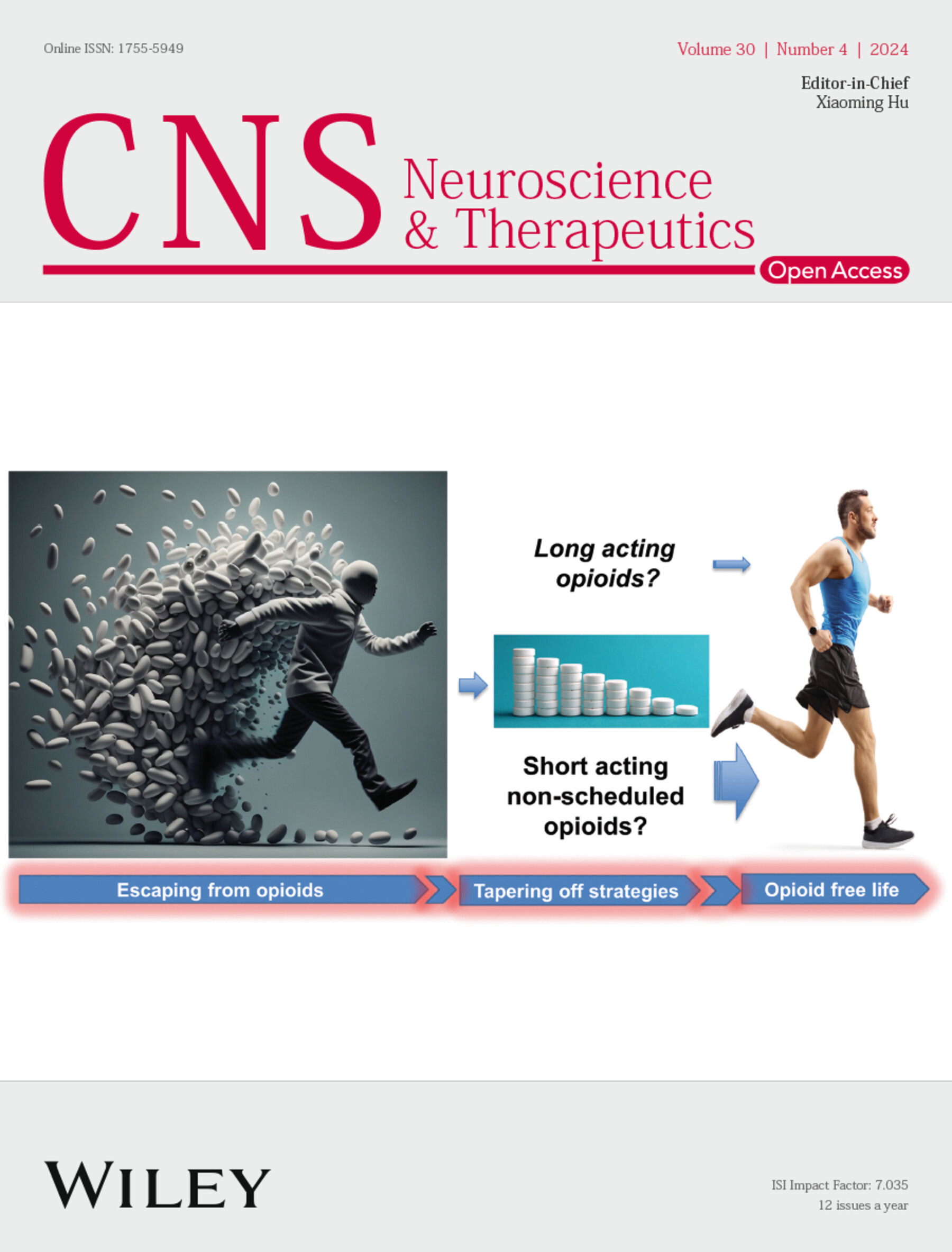Exploring the Therapeutic Mechanism of Xinbao Pill in Brain Injury After Cardiopulmonary Resuscitation Based on Network Pharmacology, Metabolomics, and Experimental Verification
Abstract
Background
Post-cardiopulmonary resuscitation brain injury (PBI) is essentially the cerebral ischemia reperfusion (CIR) injury, which is the main cause of death and long-term disability in patients with cardiac arrest. So far, there is no treatment for PBI; thus, it is urgent to develop new drugs or therapies for the prevention and treatment of brain injury after cardiopulmonary resuscitation. Although multiple constituent herbs or active ingredients of Xinbao Pill (XBP) have shown neuroprotective effects, whether XBP could play a therapeutic role on PBI is still unknown. This study aimed to illustrate the neuroprotective effect of XBP on PBI and probe the underlying mechanisms.
Method
We first performed the cell and animal experiments to validate the protective effect of XBP on neurological function. We next identified the potential differential metabolites via metabolomics analysis. We further conducted a comprehensive network pharmacology analysis including overlap gene analysis, protein–protein interaction network, and gene–biological process–module function network to preliminarily investigate the specific mechanism of action (MOA) of XBP against PBI. Finally, PCR, MTT, ELISA assay, as well as Western blotting experiments were made to validate our proposed molecular mechanisms.
Result
The in vitro experiment showed that XBP could increase cell viability and ameliorate cell morphological damage in PC12 cells exposed to oxygen–glucose deprivation and reoxygenation (OGD/RO) conditions. The in vivo experiment demonstrated that XBP improved the Neurologic Deficit Score (NDS), lowered the Neuron-Specific Enolase (NSE) level as well as reversed the typical neuropathological changes in PBI rats, indicating its neuroprotective effect on PBI. Further metabolomics analysis identified 94 differential metabolites after XBP treatment, and multiple metabolites were highly related to CIR. Moreover, network pharmacology results revealed that the therapeutic effect of XBP on PBI may be relevant to mitochondrial quality control (MQC). Mechanistically, XBP could not only promote the expressions of marker proteins including PGC1α, NRF1, TFAM, OPA1, MFN1 as well as MFN2 in mitochondrial biogenesis and mitochondrial fusion but also inhibit those proteins containing DRP1, MFF, FIS1, p62, PINK1, Parkin as well as LC3 in mitochondrial fission and mitophagy. Finally, AMP-activated protein kinase (AMPK) inhibitor was demonstrated to play a crucial role in regulating MQC.
Conclusions
Our study first determined that XBP might be an underlying anti-PBI formula, which also deciphered the potential MOAs of XBP against PBI by a network pharmacology approach combined with in vivo and in vitro experimental validation.


 求助内容:
求助内容: 应助结果提醒方式:
应助结果提醒方式:


